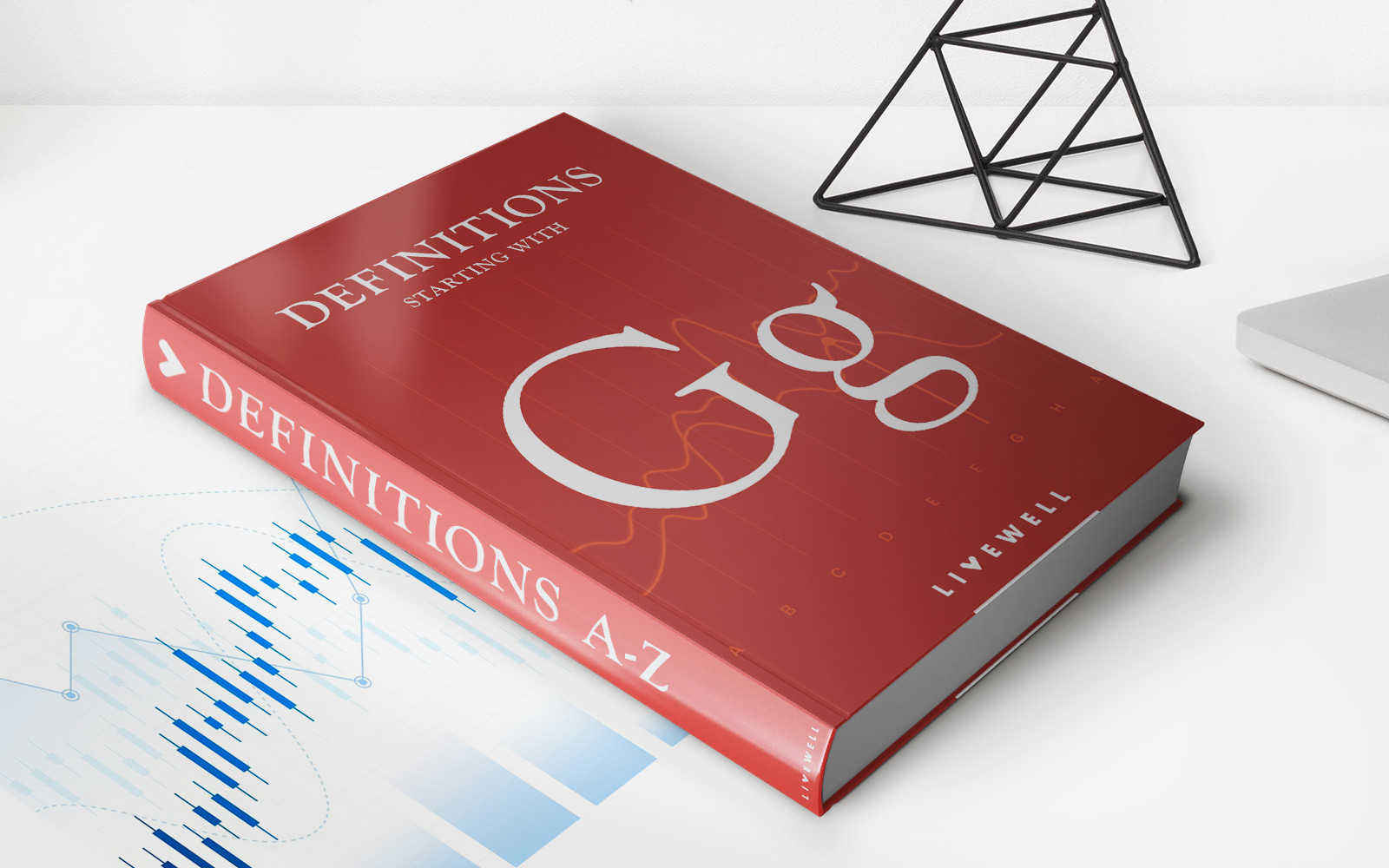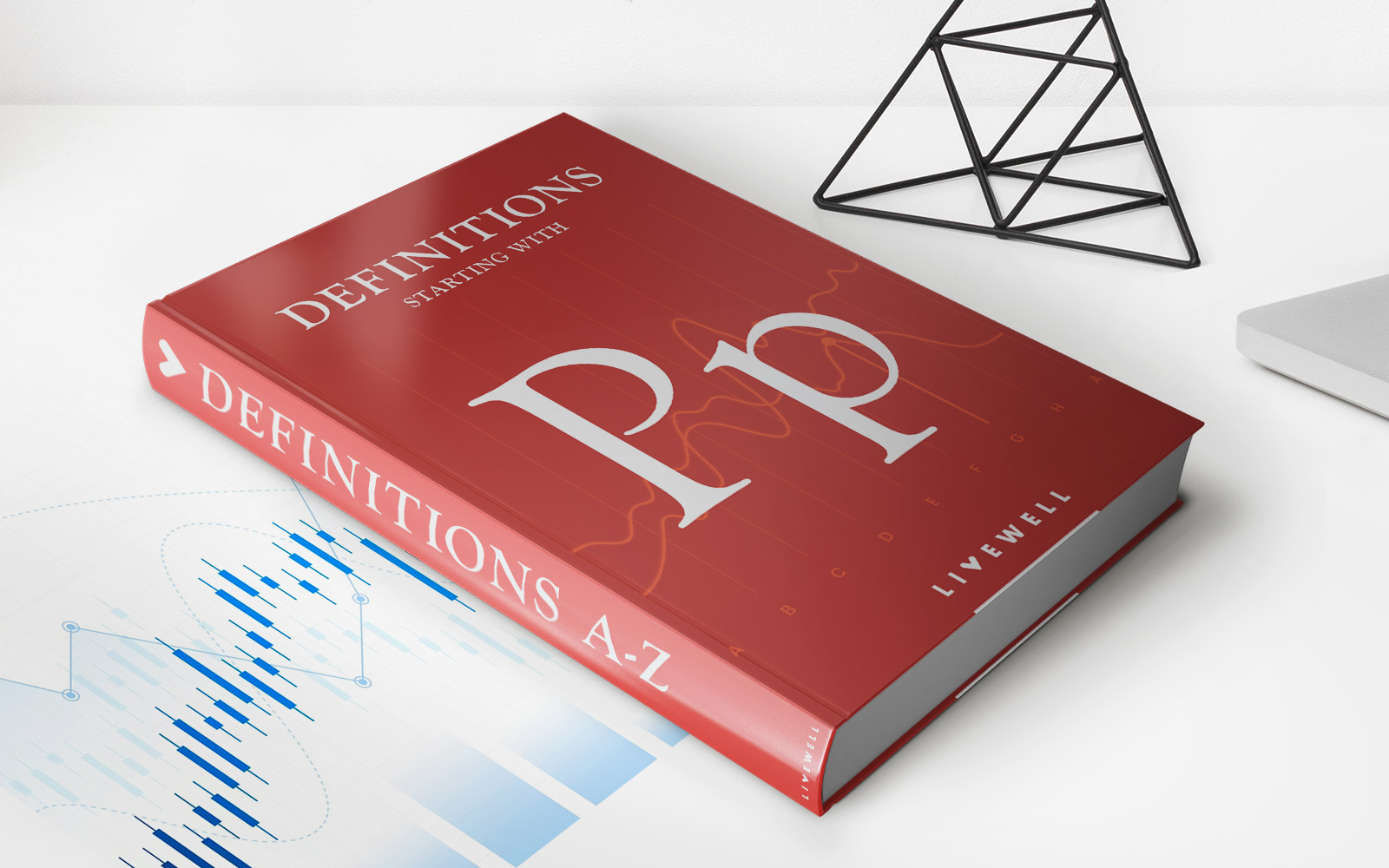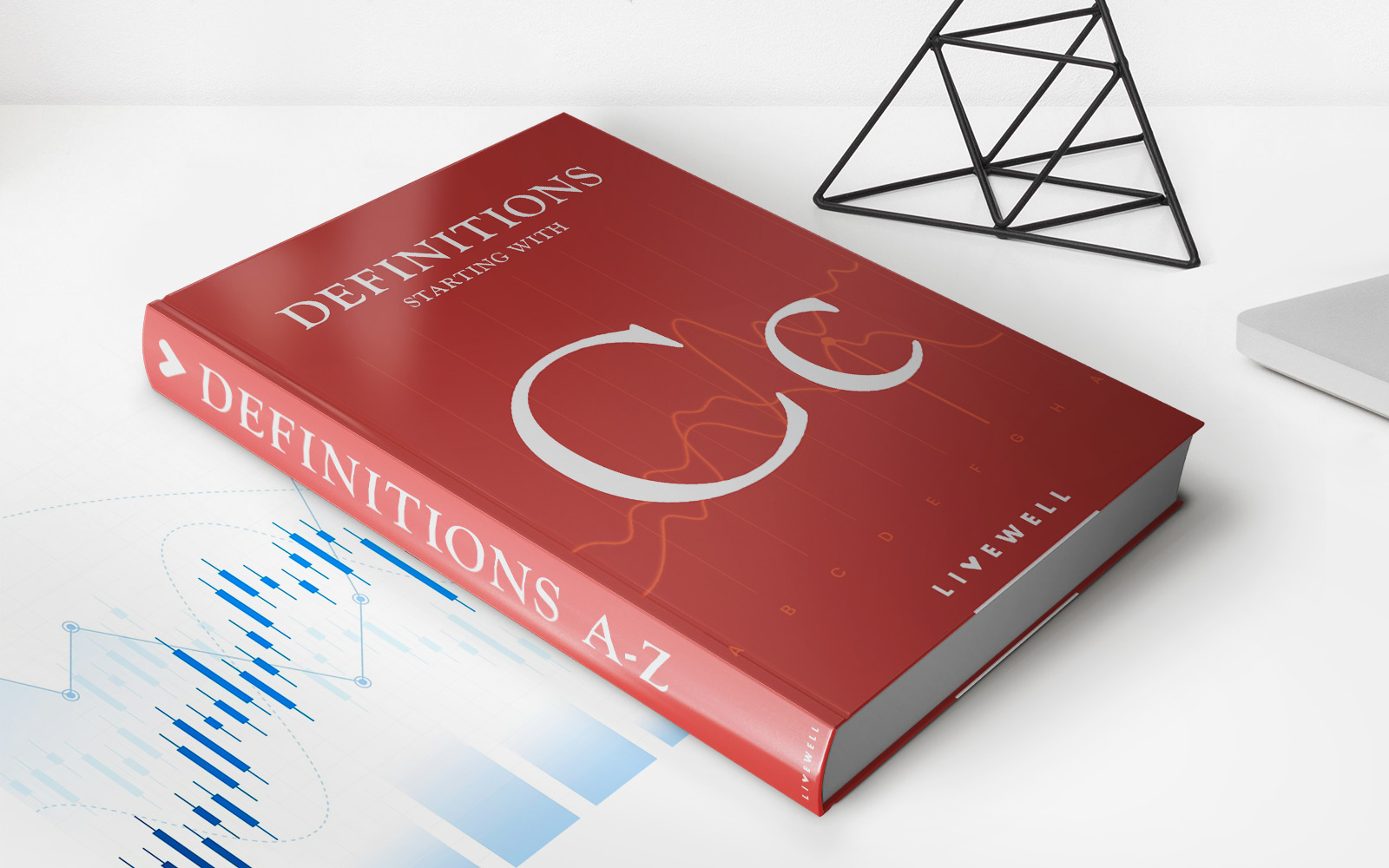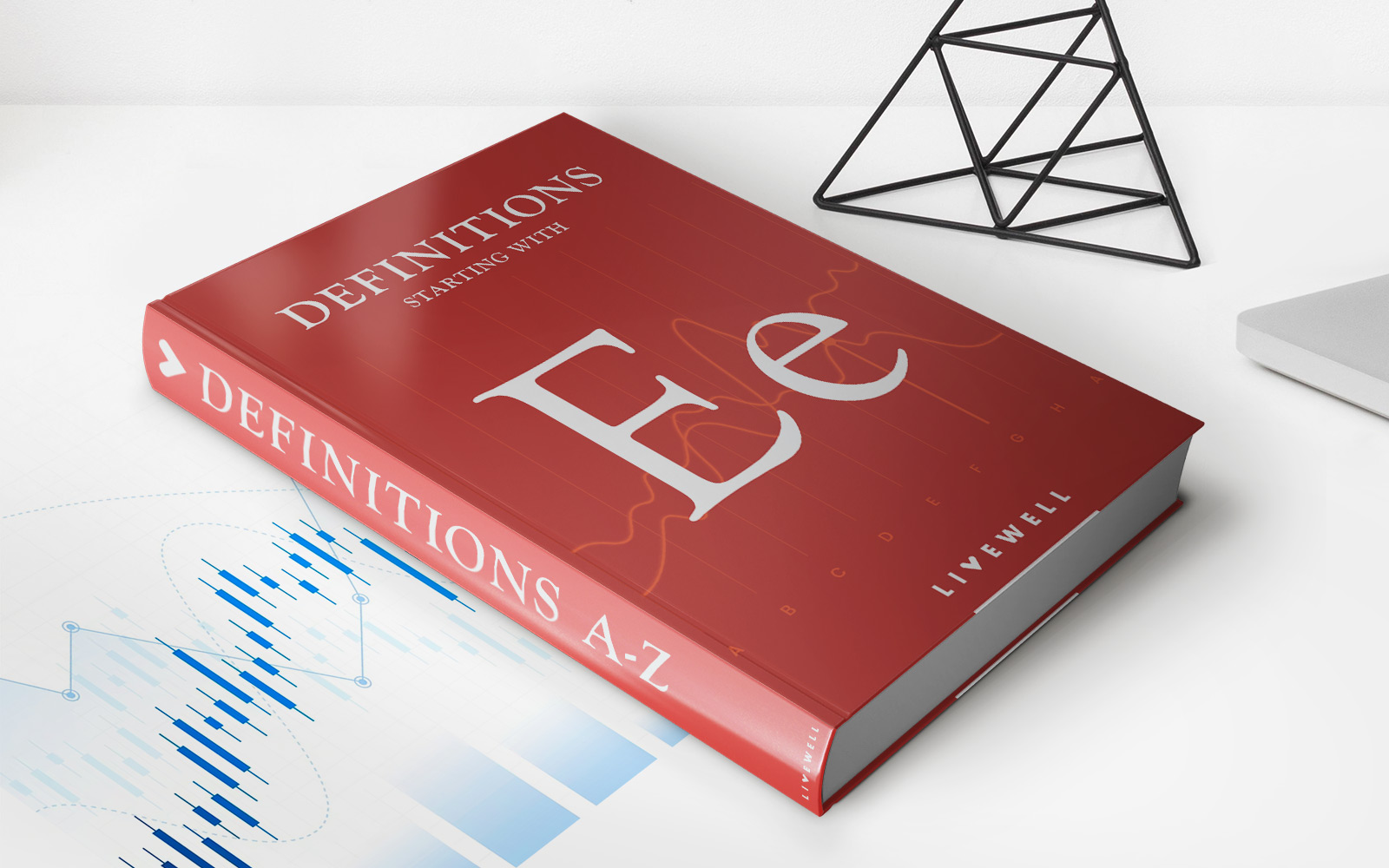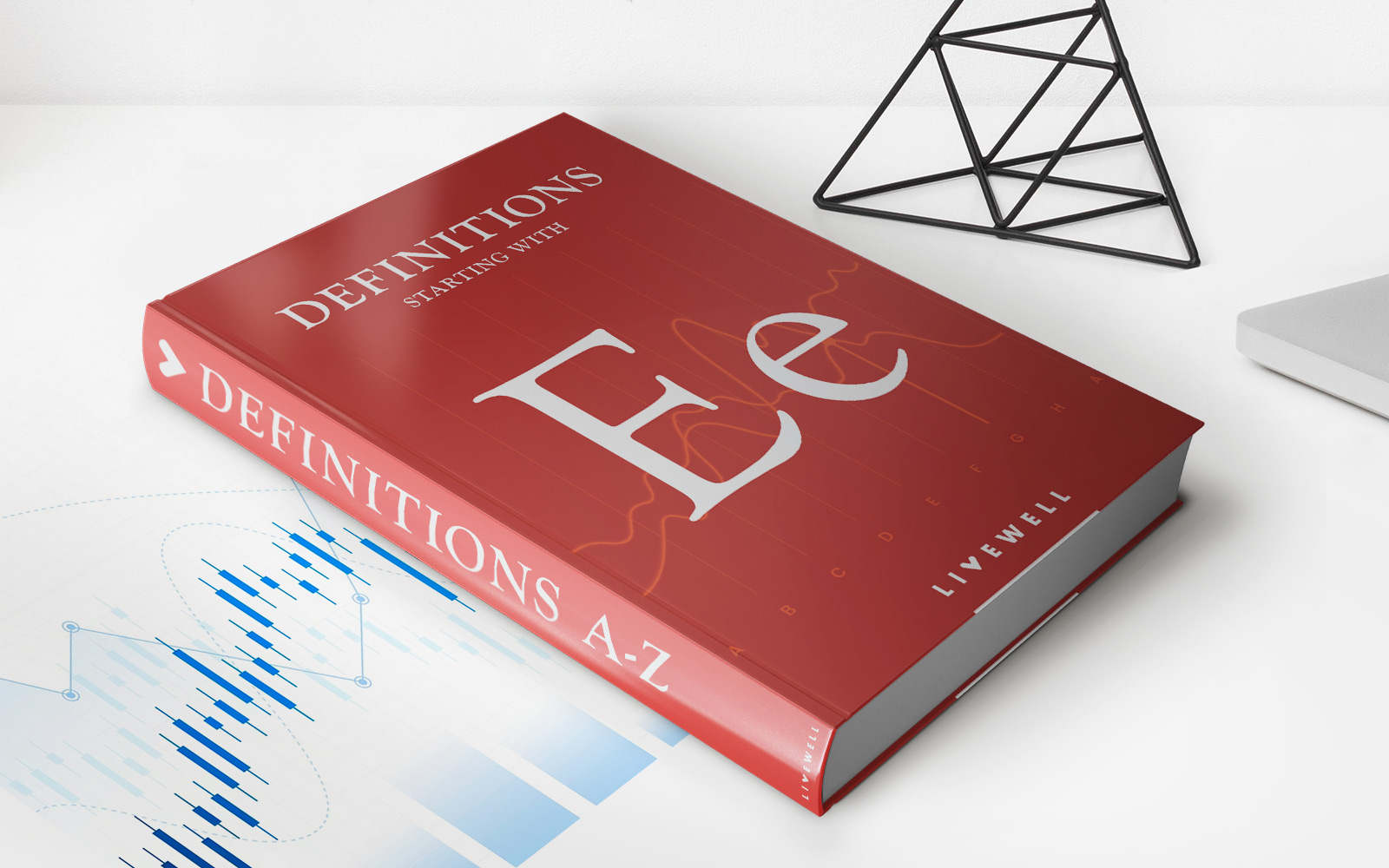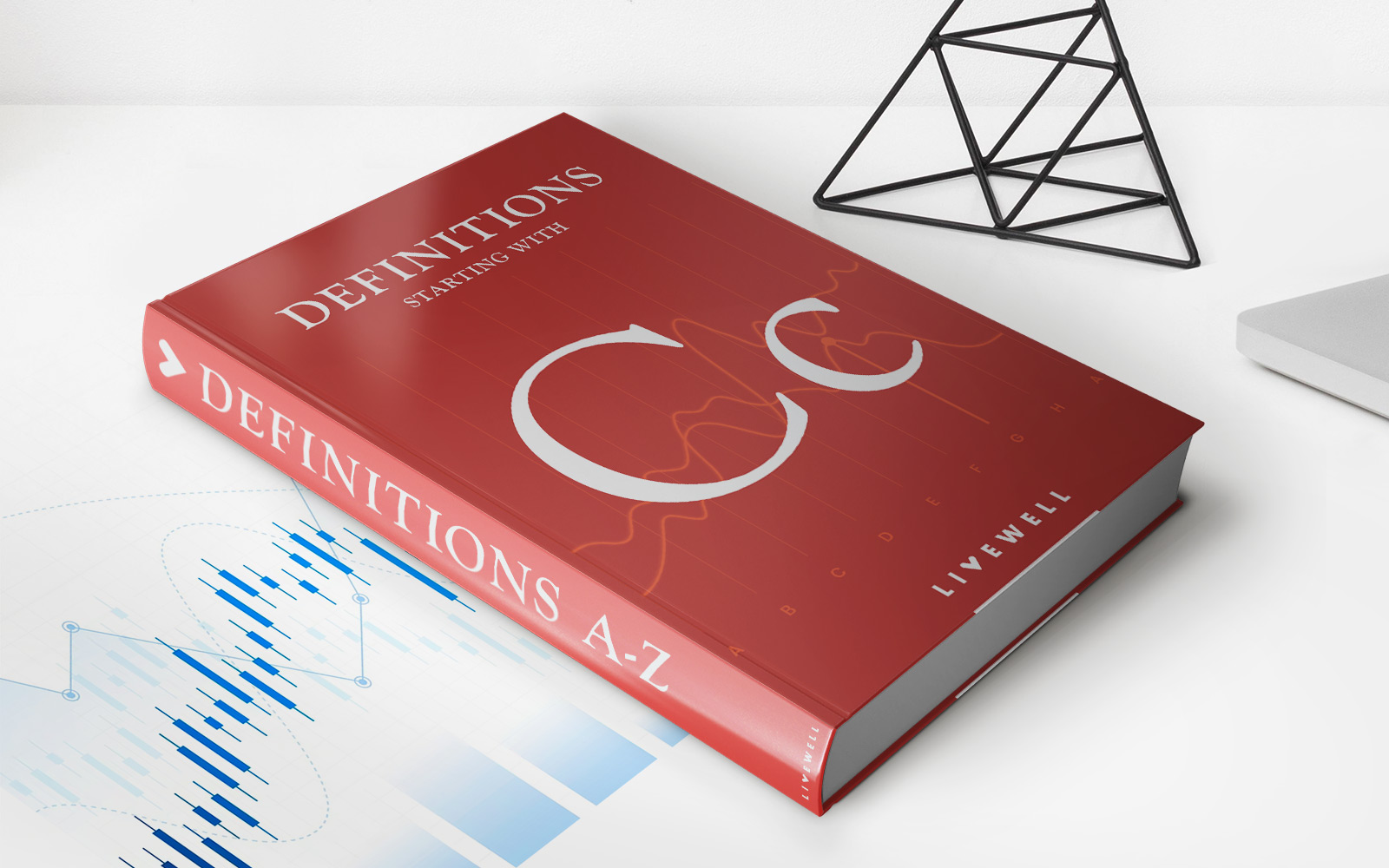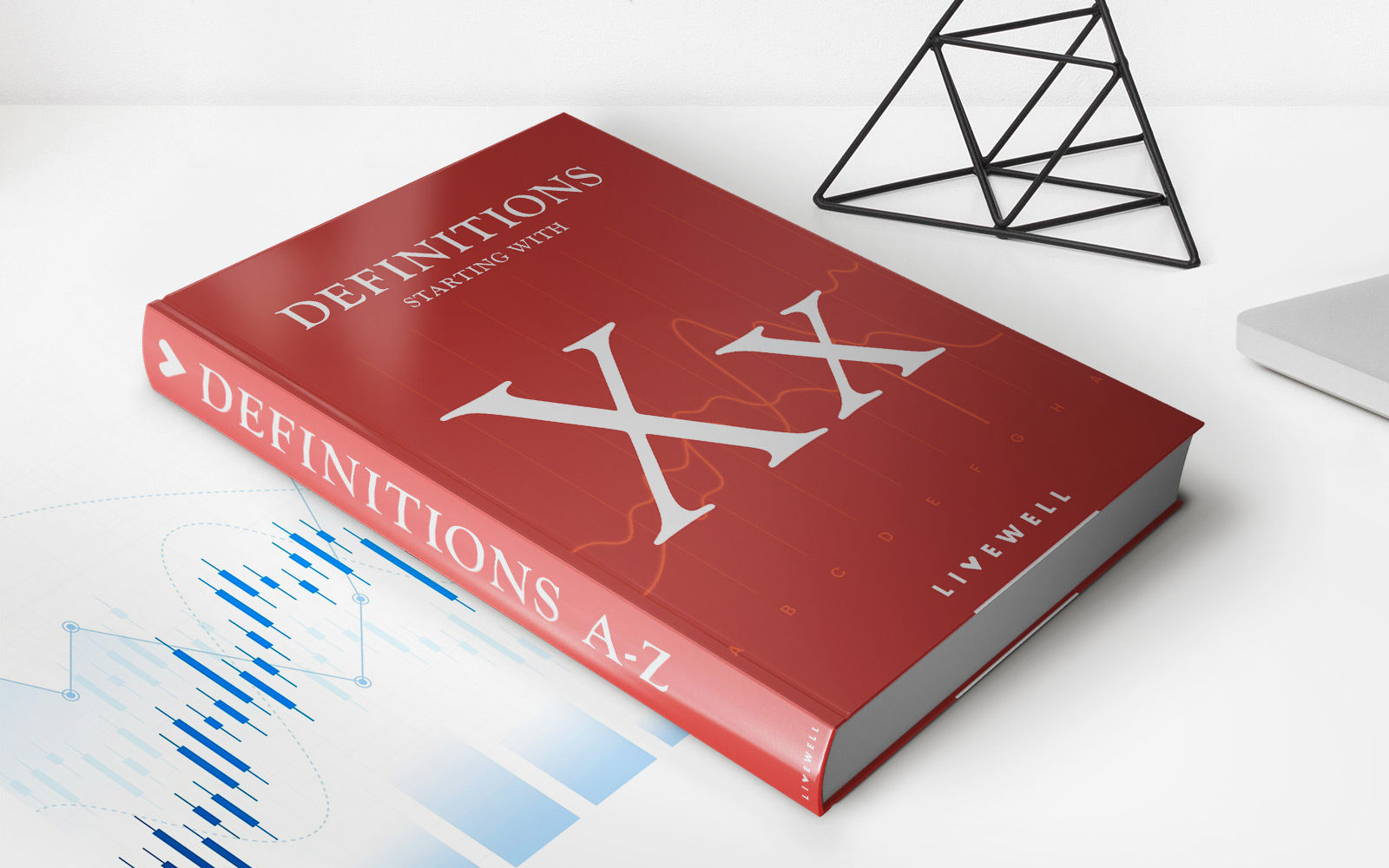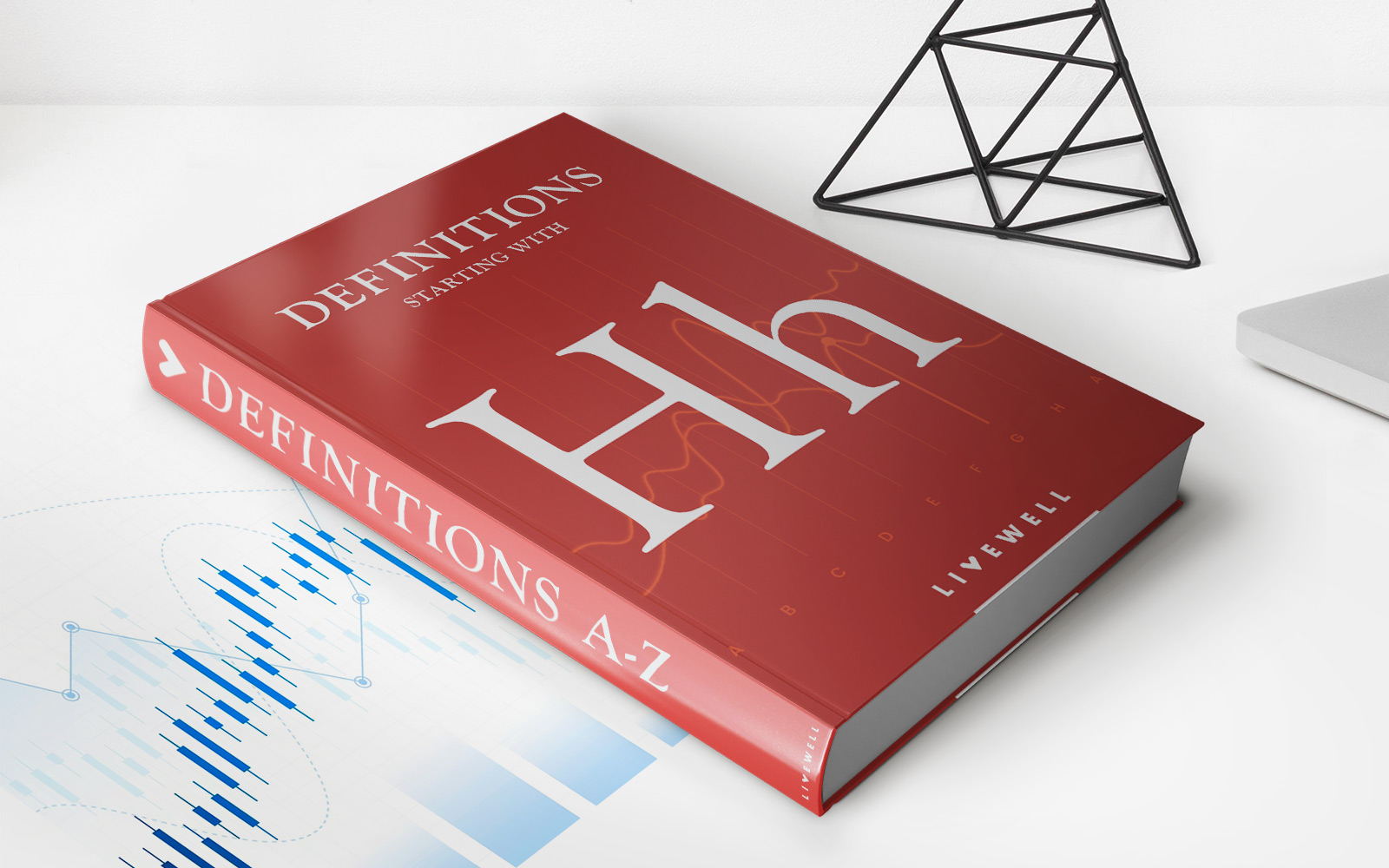Home>Finance>Euro Definition, History, Countries That Use It
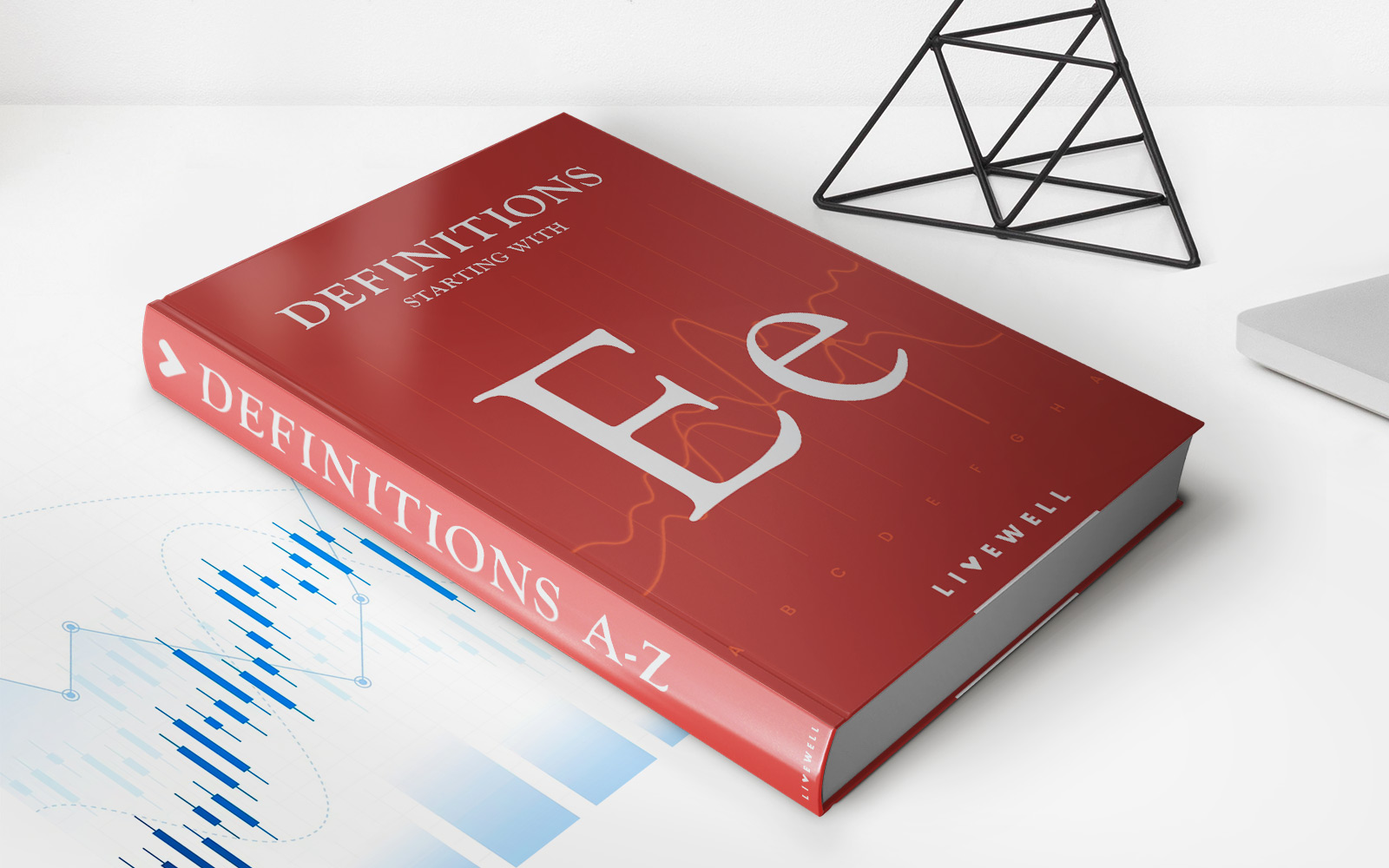

Finance
Euro Definition, History, Countries That Use It
Published: November 19, 2023
Discover the definition, history, and countries that use the Euro in finance. Explore the significance and impact of the Euro currency across Europe.
(Many of the links in this article redirect to a specific reviewed product. Your purchase of these products through affiliate links helps to generate commission for LiveWell, at no extra cost. Learn more)
Everything You Need to Know About the Euro: Definition, History, and Countries That Use It
If you’ve ever traveled to Europe or followed international news, you’ve probably heard of the Euro. But what exactly is it, and why is it so important? In this blog post, we’ll delve into the definition, history, and the countries that use the Euro as their official currency. By the end of this article, you’ll have a comprehensive understanding of the Euro and its significance in the finance world.
Key Takeaways:
- The Euro is the official currency of 19 out of 27 European Union (EU) member countries.
- It was introduced in 1999 as a digital currency and then became physical in 2002.
What is the Euro?
In simple terms, the Euro is the common currency used by 19 out of 27 European Union member countries. This means that these countries have given up their own national currencies and adopted the Euro as their official currency. The Euro is represented by the symbol € and its currency code is EUR.
The Euro serves as a significant tool for easier trade, travel, and stability within the European Union. It also plays a crucial role in the global financial markets as it is the second-largest reserve currency in the world, after the US dollar.
The History of the Euro
The idea of a single currency for European countries began to emerge after the devastation of World War II. Efforts to unify Europe’s economies and ensure stability gained traction, and in 1992, the Maastricht Treaty established the framework for the creation of the Euro.
The Euro was launched as an electronic currency on January 1, 1999, with financial transactions conducted through electronic means. However, it wasn’t until January 1, 2002, that Euro banknotes and coins were introduced, replacing the previous national currencies.
Since its introduction, the Euro has faced various challenges, including economic crises and debates on fiscal policies among member countries. Despite these challenges, the Euro remains an integral part of the European Union, fostering economic cooperation and integration within the region.
Countries That Use the Euro
As of 2021, the Euro is the official currency of 19 European Union member countries. These countries are:
- Austria
- Belgium
- Cyprus
- Estonia
- Finland
- France
- Germany
- Greece
- Ireland
- Italy
- Latvia
- Lithuania
- Luxembourg
- Malta
- Netherlands
- Portugal
- Slovakia
- Slovenia
- Spain
These countries form the Eurozone, an economic and monetary union within the European Union. They collectively use the Euro for their daily transactions and enjoy the benefits of a unified currency, such as easier trade and travel within the region.
In Conclusion
The Euro is a symbol of economic integration and stability within the European Union. It serves as the official currency of 19 member countries and plays a crucial role in facilitating trade and travel within the region. As the Euro continues to evolve and face new challenges, its impact on the global financial landscape remains significant.
So, whether you’re planning a trip to Europe or simply want to expand your knowledge of finance, understanding the Euro is key. By grasping the definition, history, and the countries that use the Euro, you’ll be better equipped to navigate the intricacies of the world of finance.
